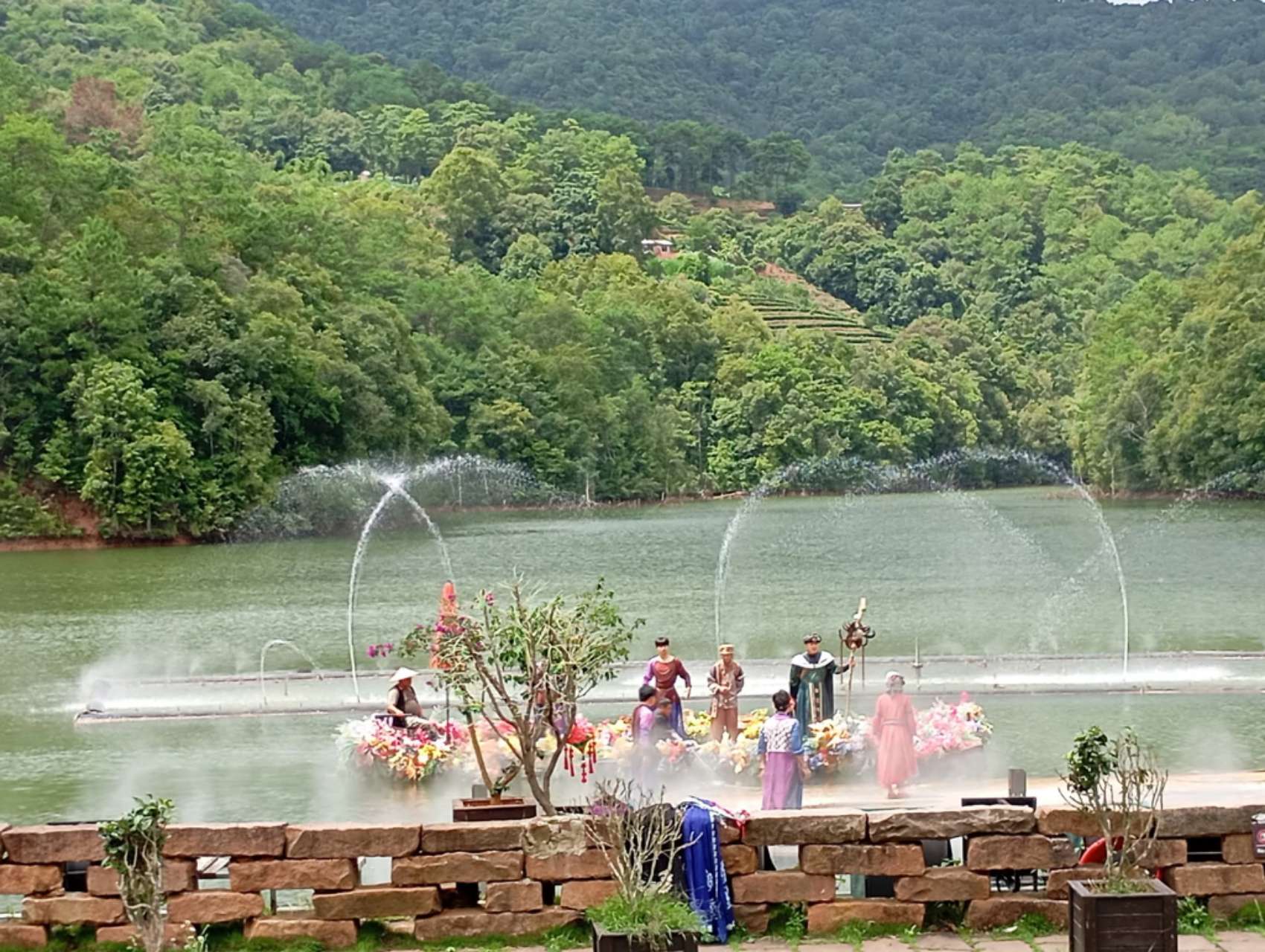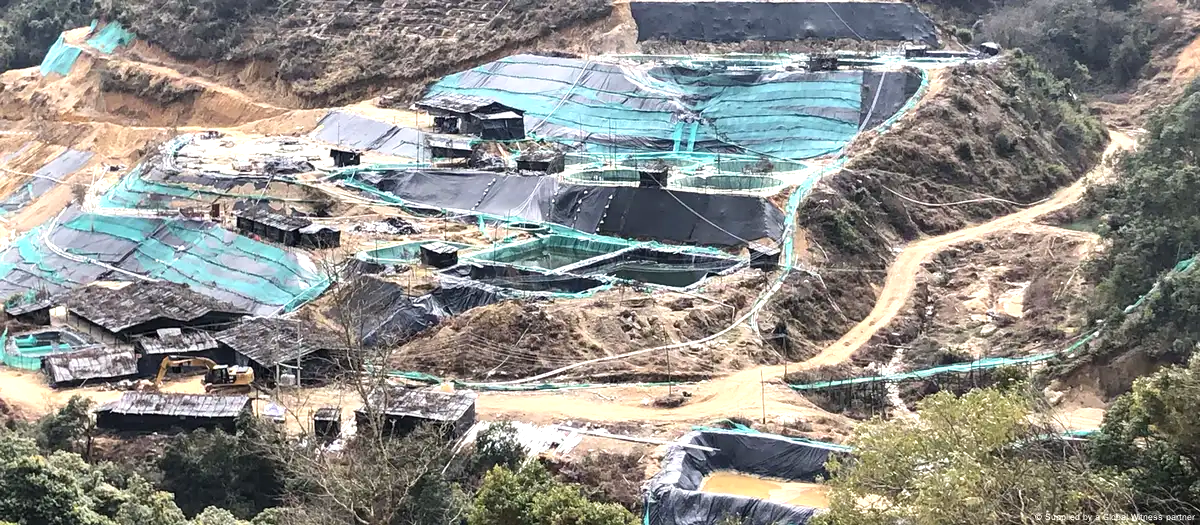Myanmar and China’s Yunnan
Posted_Date
Image
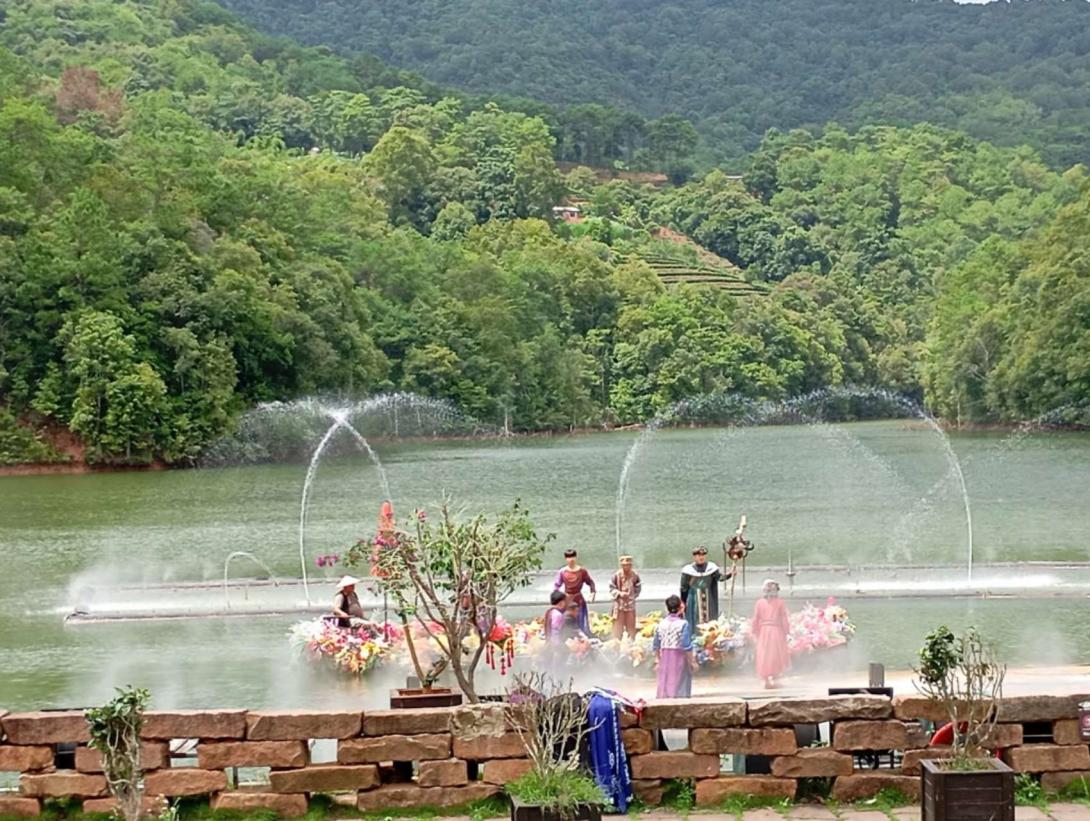
Body
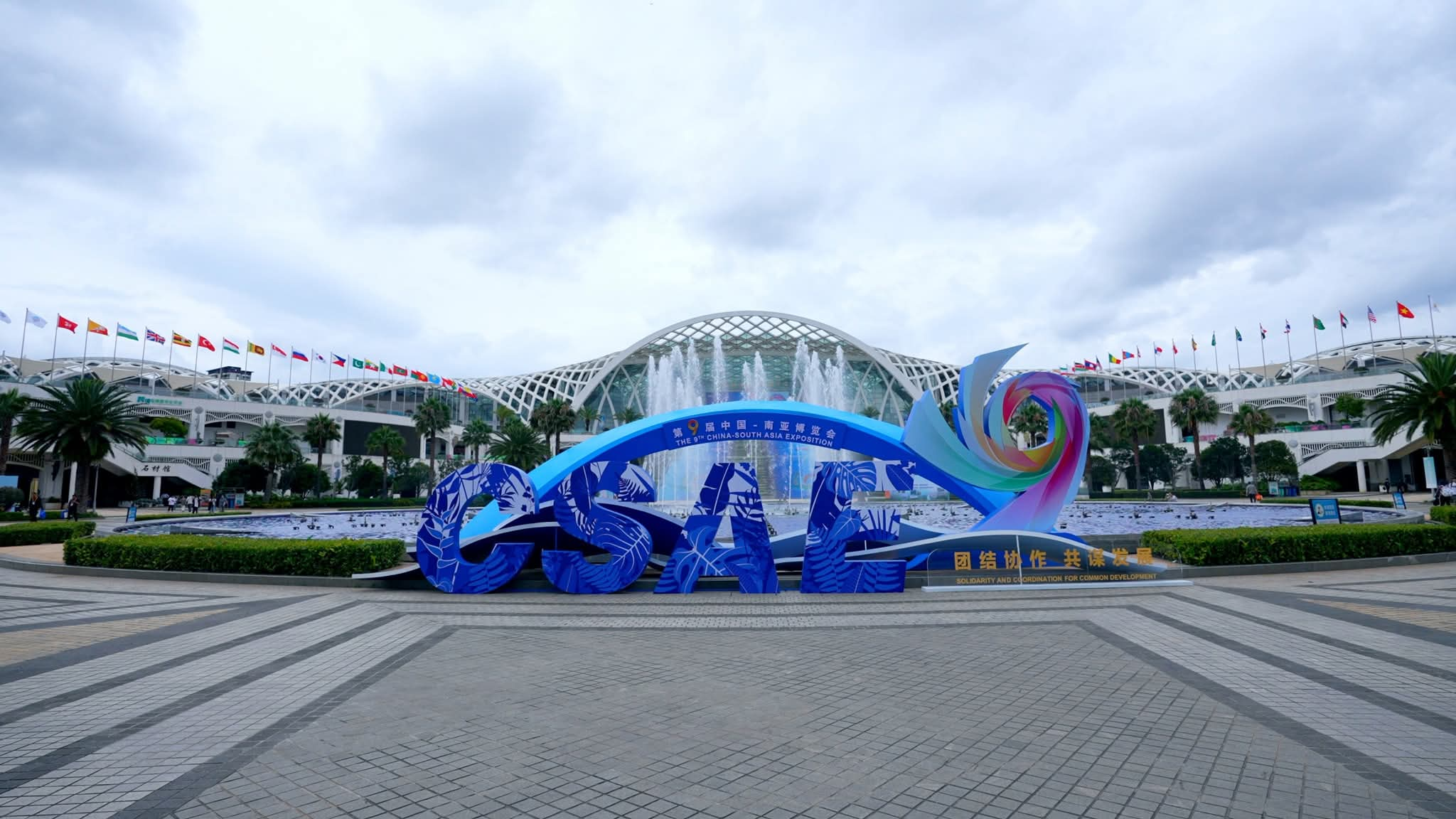
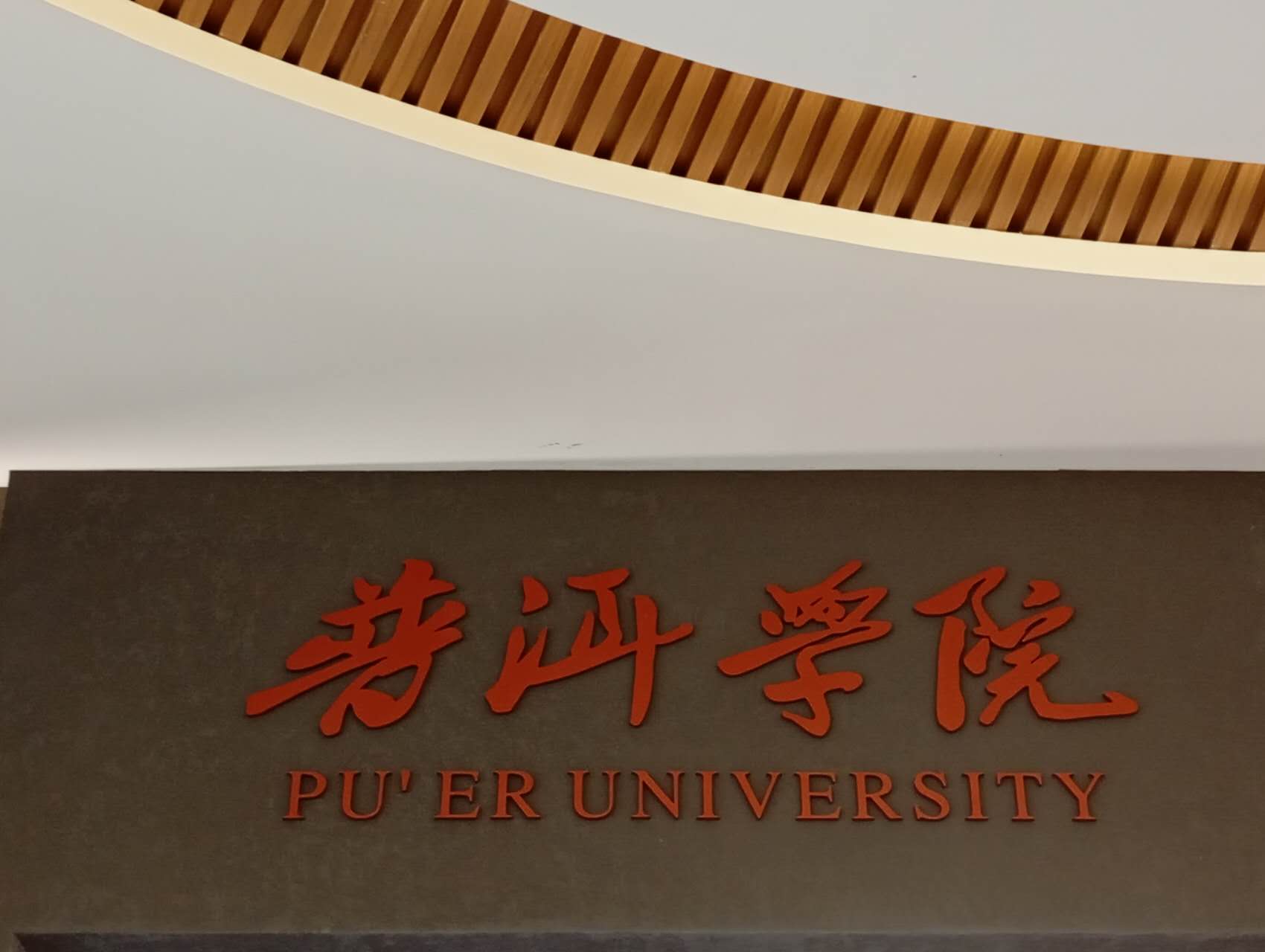
Yunnan Province, the closest Chinese territory to Myanmar geographically and ethnically, is rich in cultural heritage with natural resources. Stretching approximately 2,000 kilometres in borderline, Myanmar and China’s Yunnan Province have been standing together and sharing common values and cultures through all ups and downs, tied to history.
Eight-day visit that shaped regional integrity
China hosted the 9th China-South Asia Exposition and the 29th China Kunming Import and Export Fair in Kunming, Yunnan Province, from 19 to 24 June. As a sideline event, Yunnan International Television Station organized the 4th Generation Z Lancang-Mekong Audio Visual Week 2025 from 20 to 25 June, which invited young diplomats from China’s neighbouring countries, aiming to strengthen regional integrity by reciprocal learning.
The eight-day programme brought together a total of 15 young diplomats from Mekong Region countries, as well as from maritime Southeast Asian nations like Malaysia and Indonesia, and South Asian countries such as Pakistan and Nepal, to participate in the project of creation camp project, aiming to expand cultural integrity among Asian civilizations. I was one of the participants to join it as a Myanmar media representative.
From my perspective, the whole program was designed to share knowledge of or exchange traditions, cultures and histories that have been upheld by Yunnan people up to these days since prehistoric time with Yunnan’s neighbouring Asian friends. Hence, it was fostering the comprehensive principles of the Chinese proposed Global Civilization Initiatives (GCI).
Essential means of the GCI can be interpreted as upholding humanity, respecting diversity of civilizations and inheritances, which in turn, promotes robust international people-to-people exchange. Understanding the versatile attitudes of different communities encourages harmonious cooperation while seeking a peaceful global order. Rejecting coercively exporting the phenomenon of ‘globalization’ with main adverse products: ‘Clash of Civilizations’ or ‘Cultural Shock’, the GCI emphasizes mutually exchanging social norms and common values under mutual learning. In these ways, the GCI aims to shape a global, peaceful environment with mutual respect.
Bound by nature to be the Lancang-Mekong Cooperation
Sightseeing picturesque natural landscapes and learning about the cultural diversity in Yunnan during the trip gave me of Asian countries, especially southern China, Myanmar, Laos, Cambodia, Thailand and Vietnam, sharing the same origins of continental resources with mountains, hills and rivers. Consequently, common cultural habits, ancestral rituals and social norms are being shared particularly within their closely related ethnical tribes of mainland Southeast Asia.
These shared cultural and geographical heritages reflect core values of the Lancang-Mekong Cooperation and the unity of the region.
Learning hotspots in the 4th Generation Z Lancang-Mekong Audio Visual Week 2025 were Chinese tea culture and tea history, and Yunnan’s Dai ethnic heritage, specifically in Pu’er and Xishuangbanna cities. In addition to them, the young Asian diplomats also partially studied the culturally related economic development of the province, and the fruitful hub in trade and transport of the China-Laos Railway.
Myanmar-Yunnan’s shared history from the Tea Horse Road to the CMEC
Pu’er City, the hidden paradise in Yunnan Province and is renowned as China’s tea capital, and has extensive tea plantations in both traditional and modern technologies. It could be learned that the city contributes a significant effort in China’s securing UNESCO heritage recognition of tea by advancing in research and development.
In 2022, UNESCO inscribed Chinese tea, its associated cultural practices like traditional tea processing techniques, China’s historical significance of tea, and its social importance in the Intangible Cultural Heritage of Humanity. China’s achievement of the intangible cultural heritage of tea at UNESCO is an earnest worthy.
Pu’er played a key role in tea trading back in many centuries ago as part of the ancient Chinese Silk Road to the west. To my knowledge, Myanmar was observed as one of Pu’er’s destinations in the Ancient Tea Horse Road, which started in the Tang Dynasty; then, flourished in the Ming Dynasty and Qing Dynasty.
Not only in the ancient Chinese Silk Road, Myanmar and China’s Yunnan Province also play key roles as the ‘China-Myanmar Economic Corridor (CMEC)’ in part of the modern-day Belt and Road Initiative. The project includes high-speed railways and highways by connecting Myanmar’s Kyaukphyu in Rakhine State through Mandalay, Lashio and Muse to Kunming in Yunnan. Extending to Yangon, the strategically proposed project is envisioned to promote regional economic integration and development. By these means, the regional GDP Index is expected to experience a big jump.
Pu’er’s educational support for Myanmar
Bound by history, China’s Yunnan Province and Myanmar have shared mutual coexistence in successive eras. Education is another key sector that fosters strong ties between the two countries.
I had the opportunity to visit Pu’er University during the programme, where approximately 20 Myanmar students are studying different subjects with Chinese scholarships.
“Every year, we have several Myanmar students. They are very good at Chinese and hardworking in their studies. All Myanmar students in Pu’er University are studying with different ranks of scholarships. Computer Science, Chinese Education, Mathematics and Management are the most favourite majors chosen by the Myanmar students,” said Director of the Office of International Cooperation and Exchange at Pu’er University, Mr Bai Leigang, adding that Pu’er University has a strong tie with Myanmar’s University of Yangon and the Yangon University of Foreign Languages. Both sides engage in annual student exchange programs and hold online meetings to strengthen their academic cooperation.
At present, China offers a range of government scholarships for Myanmar students, including the Chinese Government Scholarship (CSC), ASEAN-China Young Leaders Scholarship, Confucius Institute Scholarship/ Chinese Language Study Scholarships, Yunnan Provincial Government Scholarships, University-Specific Scholarships, and Silk Road Scholarship Program.
Furthermore, during the official visit of Senior General Min Aung Hlaing, Prime Minister and State Administration Council Chairman of Myanmar, to China last year in November, China pledged to provide more scholarship programs for Myanmar students shortly.
Myanmar, Yunnan stand together through all ups and downs
Last but not least, in the recent earthquake which hit Myanmar on 28 March 2025, China was the country that arrived in Myanmar the very first among international rescue operations. Sharing the borderline, the first Chinese rescue team with 32 members with rescue equipment from Yunnan Province arrived in Myanmar within 17 hours after the quake. It evidenced the strong solidarity existing between Myanmar and China, sharing weal and woe, particularly in the hardship times.
GNLM

